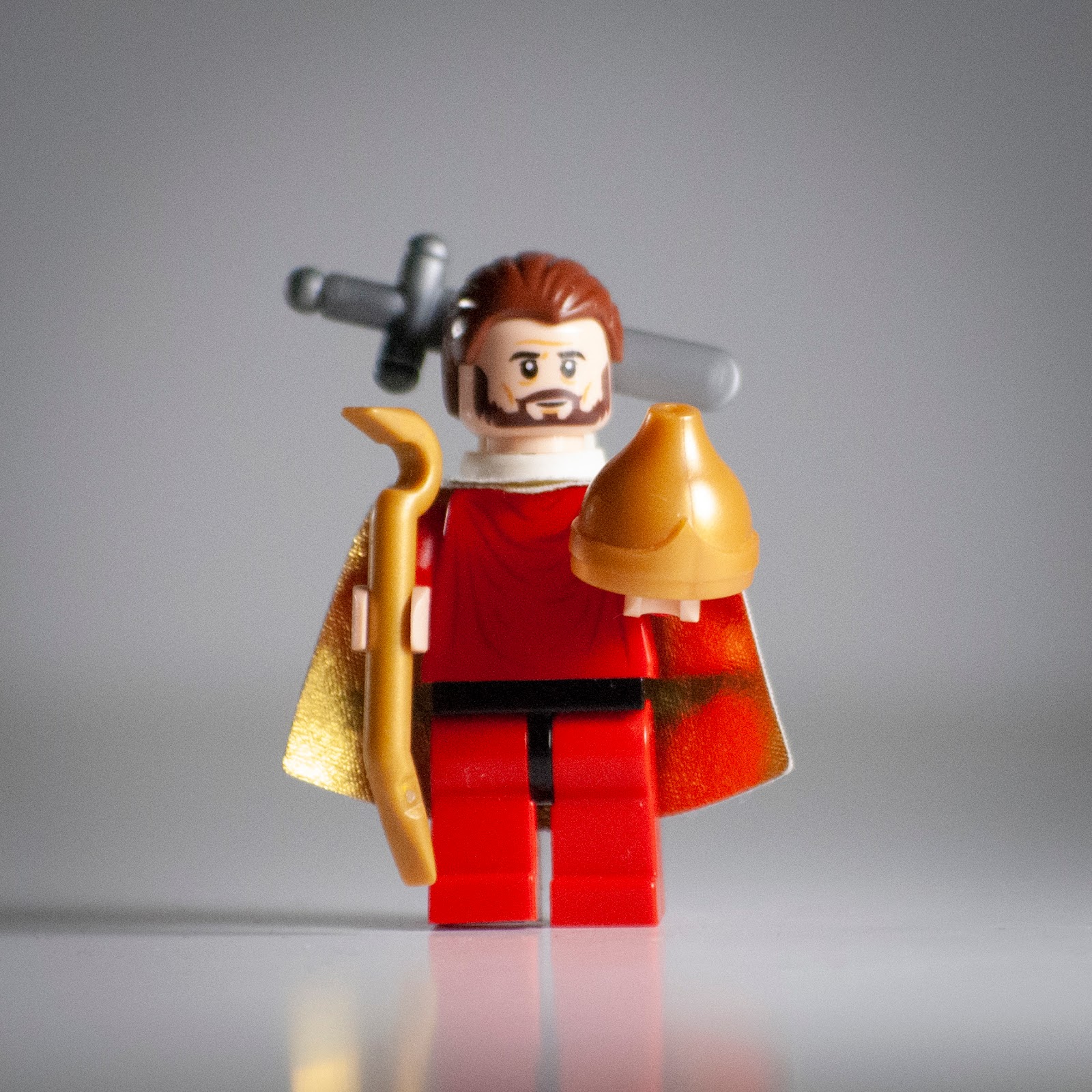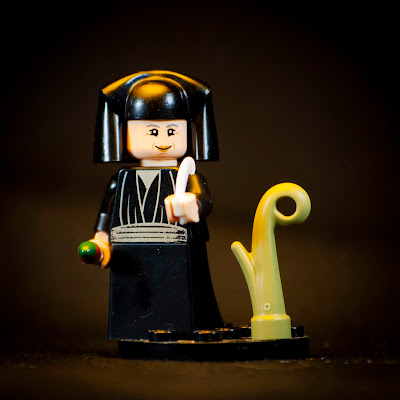St. Thomas Becket of Canterbury
It takes a special kind of martyr to get assassinated at the orders of one king and have your tomb desecrated by another three centuries later. Even more so when you're then venerated as a saint by the very church the latter king founded! But St. Thomas Becket of Canterbury is just such a special martyr.
Thomas Becket was born in London on the feast day of St. Thomas the Apostle. His father was a property-owning merchant, making Thomas part of the rising middle class.
Thomas attended various schools as a youth, but he was no standout pupil. When his father’s wealth dried up as Thomas was a young adult, Thomas became a clerk in relative’s business, and he later moved on to a position in the Archbishop’s household.
While serving the Archbishop, Thomas learned canon law and was sent to Rome several times on official business. His work allowed him to meet many important people in England, which eventually led to his appointment as Lord Chancellor under King Henry the II, one of the highest positions in the country. The king also had his son raised in Thomas’ house, so great was his trust. Thomas was Lord Chancellor for 7 years.
Then, when the Archbishop whom Thomas had worked for died, he was considered the perfect candidate and was appointed Archbishop himself in 1162. This despite the fact that he had to be ordained a priest first!
The king likely expected Thomas to give a favorable interpretation of his role towards the king when conflicts arose between the church and the crown, but none could have predicted based on his background how much Thomas would change as Archbishop.
Immediately, Thomas resigned from being Lord Chancellor, took up radical asceticism. Before his appointment, Becket was famously flamboyant, often outdressing the king himself, yet within weeks he had switched to hair shirts instead.
And more than his fashion changed. Though the king had advocated for Thomas’ appointment as Archbishop, Thomas began trying to regain old rights of the church that had been taken by the throne. Tensions rose between the two former friends until the king officially demanded that Thomas agree to his declarations or face consequences.
Even in trial, Thomas refused to sign the king’s orders, and when he was convicted, he left the country in exile. The king continued his threats against Thomas even outside of England, but the French king protected him. Thomas even threatened to excommunicate the king for his behavior, but the pope asked him to take a more diplomatic approach to resolving the issues.
Finally, with the help of papal delegates, Henry and Thomas came to a compromise that allowed Thomas to return to England. However, the peace was short lived – while Thomas was in exile, Henry II tried to have his son (the same one raised in Thomas’ house!) crowned king, despite that fact that Henry II still held the throne. Henry II had several other bishops in England perform the coronation, and when Thomas found out, he was not happy, since it was the job of the Archbishop to crown the king.
Just before heading home, Thomas sent letters back to England declaring that all three bishops that participated in the coronation were excommunicated. Thus, upon his return to England, his one-time friend was so unhappy to see him that he said something to a few of his favored knights that caused them to believe he had commanded them to assassinate the Archbishop.
The knights found Thomas while he was praying vespers in the cathedral. They tried to drag him outside, so they wouldn’t shed blood in the Lord’s house, but Thomas grabbed a pillar and bowed his head, saying,
“I am no traitor and I am ready to die.”
The knights attacked him, cutting off the top of his head with their swords. Five eyewitness accounts to the assassination remain today, nearly 1000 years later, and all of them agree on the method of Thomas’ martyrdom. Some sources say that even under his Archbishop’s vestments, Thomas still wore his hair shirt to the day of his death.
Some who were faithful to Thomas and the church, upon finding his body, began collecting his blood in vials and dipping clothing in it, to save as relics for his inevitable canonization. His veneration spread quickly, and indeed just over two years after his murder, Thomas was canonized as a saint. The king, for his involvement, was publicly humiliated and whipped before the church would forgive his role in the murder, making Thomas even posthumously one of the most effective clergy against the hubris of the throne.
Thomas’ legacy as an icon of the church towering over the throne persisted, and over 300 years after Thomas’ death, when King Henry VIII started the Church of England as part of the Reformation, he had Thomas’ tomb destroyed, his bones desecrated, and all mention of his name in England obliterated.
Despite that, St. Thomas Becket is venerated today not just in the Catholic church, but in the Church of England as well.






